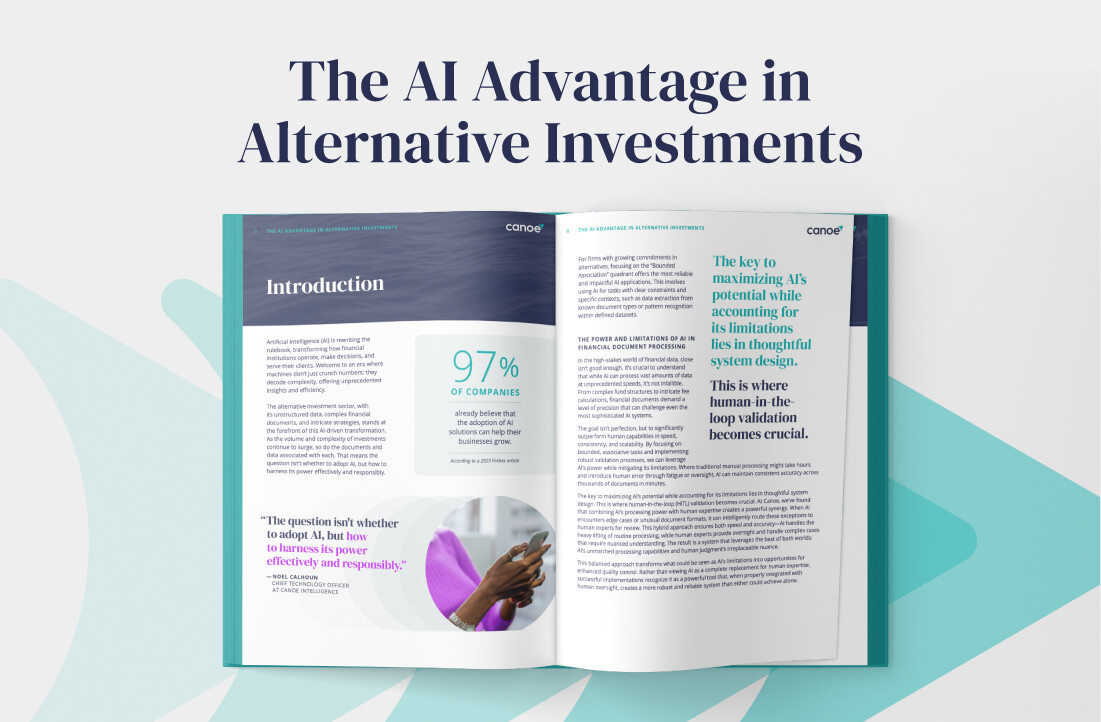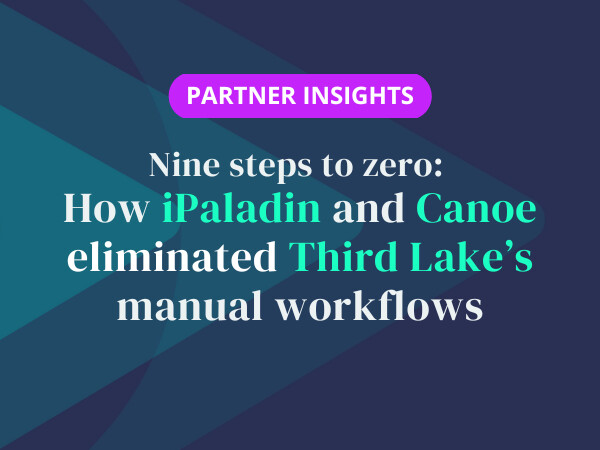Institutional Investor and Wealth Management Operations: Three Big Trends to Watch
One quarter into 2019 and the nearly decade-long bull market seems to be back in gear after a fourth quarter stock market retreat. Yet, a number of risks on the horizon—slowing economic growth in China and the EU, growing geopolitical turmoil (e.g., Brexit), and rising stock market volatility—are tempering investors’ sentiment and encouraging the safeguarding of assets.
In this environment, sophisticated investors flock to alternative assets. As detailed in Preqin’s report, The Futures of Alternatives, investors are expected to continue to shift assets toward private markets and hedge fund strategies over the next several years. Standing at $8.8 trillion in assets under management today, the data provider predicts that alternatives AUM will reach $14 trillion by 2023. It’s no coincidence that a record 3,749 private equity funds are on the road looking to raise close to $1 trillion in capital, effectively capitalizing on the desire for more alternative exposure across the institutional investment space.
As allocations to alternative investment strategies continue to rise precipitously, how should institutional investor and wealth management operations prepare themselves to navigate 2019 and beyond?
Key Trends Impacting Institutional Investor and Wealth Management Operations
Based on our daily and ongoing dialogue with hundreds of wealth managers, multi-family offices, and institutional investors, Canoe Intelligence is uniquely positioned to take the pulse of the market. One of the more consistent pieces of feedback we hear is that as the number and amount of alternative asset holdings increase, so too does the urgency to efficiently manage the operational processes associated with these investments. Below, we have outlined three additional observations on how firms are managing the operational burdens associated with a rise in alternative investment allocations.
New Ways to Manage Fee Compression Concerns

Fee compression continues to be a challenge for multi-family offices, wealth managers, and OCIOs. As with other industries, when competition increases, profitability becomes more difficult to maintain. The question becomes: how can firms do more with less? We have found that dynamic firms that increase the number of value-added services and seek solutions for operational efficiencies are in a better position to maintain and grow profits.
Fee compression is a hard reality in the wealth management space where investors aim to reduce fees in order to improve net performance. Thus, 40% advisor fees are quickly becoming a thing of the past. One financial writer in Forbes suggested that a 15% yearly rate may be more in keeping with today’s market conditions. To maintain high performance in an environment of significantly shrinking advisory fees, firms are implementing additional processes and controls to improve efficiency and address growing complexity.
Our discussions with institutional investors and wealth management firms reveal that leading firms are adopting smart technologies that increase efficiency levels while decreasing the cost of managing investment data and other manual operational workflows. As fees continue to compress and investors increasingly select firms that promise more for less, these market leaders realize they must cut costs and truly demonstrate the value of their services to maintain a viable level of profitability.
Entry-Level Team Turnover is on the Rise

Turnover within investment operational teams continues to impede growth. According to Gethppy.com, the financial and banking industry as a whole saw employee turnover rates at 18.7%. Clearly, organizational cohesiveness and operational performance are threatened when nearly 1 out of 5 employees opt to leave their firms each year. Consequently, companies must look for ways to improve the work environment for their staff through retention programs, improved operational processes, and enhanced options to achieve work/life balance.
Empaxis examined the causes behind employee dissatisfaction and suggested that firms should focus on compensation and career growth paths as a way to address turnover. It is true that at many wealth management and institutional investment firms entry-level employees are tasked with tedious manual data entry tasks—these are the very type of tasks that contribute to employee disinterest, and ultimately turnover. Moreover, turnover at the entry-level group can cascade to more experienced and highly-compensated employees, especially when they become responsible for completing these tedious, data entry-related tasks left behind by the vacated employee.
Adoption of AI is Expanding

Artificial Intelligence tools for document management, data extraction, subscription document automation, liquid data aggregation, and other critical functions are becoming more commonplace. In talking with our clients, we know that a significant amount of skepticism for applications and implementations of AI technology is prevalent. In fact, many firms that implement technology that leverages AI and machine learning do not normally seek out those solutions, but they happen to solve their specific operational and reporting challenges in the most efficient, cost-effective, and reliable manner, and ultimately create a new competitive advantage for their businesses.
Wealth managers, family offices, and institutional investors are at a turning point and must make the decision to move from manual processes to smart technologies in order to optimize reporting processes. Eliminating manual data entry and replacing it with technology that automates costly manual workflows enables operational and investment teams to focus on higher value-add initiatives. At the same time costs are reduced, efficiency is increased and employee time and skills are put to better use.
Our discussions indicate that firms that have been successful at shifting to smart technologies first understood their needs and then found the right technology to address them. This meant first looking into the workflows and business processes, auditing them, and finally making a list of tasks that are hampering productivity.
It is clear that a large amount of investment firms’ time is spent on going through documents, categorizing, and data entry into reporting for which technology can dramatically simplify and make error-free while at the same time improving employee satisfaction, reducing turnover, and realizing significant cost savings.
Conclusion
As 2019 progresses, institutional investors and wealth management firms would do well to be aware of the three trends we identified in this post. What these observations all point to is the critical importance of harnessing technology to provide efficiencies in response to fee compression, minimize tedious tasks that encourage turnover, and improve operational excellence by enabling employees to focus on the highest-value add tasks.




